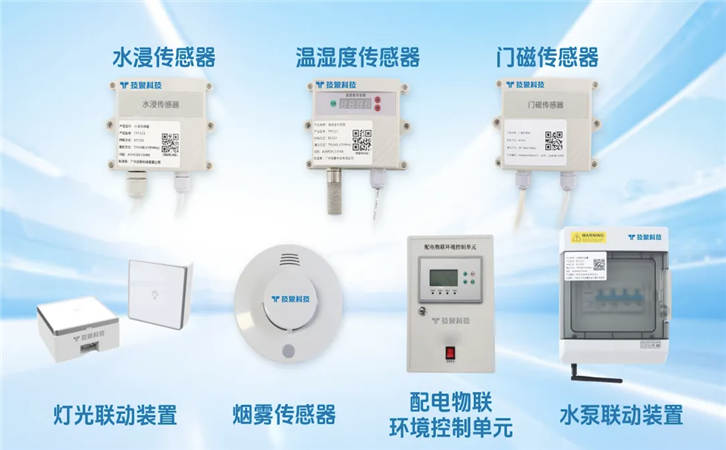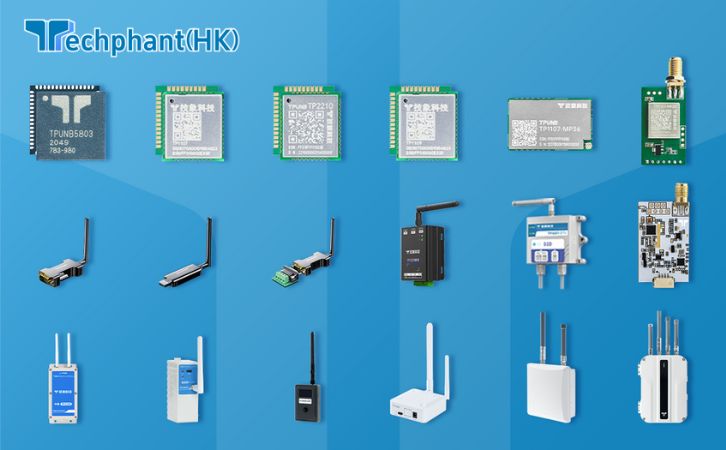Sub-1 GHz refers to radio frequency (RF) communication that operates in frequency bands below 1 GHz, typically ranging from 27 MHz to 960 MHz. This range includes widely used frequencies such as 315 MHz, 433 MHz, 868 MHz, and 915 MHz, depending on regional regulations . Below is a comprehensive breakdown of its characteristics, advantages, and applications:

1. Technical Features
- Longer Range: Sub-1 GHz signals have longer wavelengths, enabling greater transmission distances compared to higher-frequency bands like 2.4 GHz or 5 GHz. For example, in open environments, Sub-1 GHz can achieve up to 10 km in long-range mode, whereas 2.4 GHz is limited to shorter distances .
- Enhanced Penetration: Lower-frequency signals penetrate obstacles (e.g., walls, concrete) more effectively, making them ideal for environments like basements, industrial facilities, or dense urban areas .
- Low Power Consumption: Sub-1 GHz devices consume significantly less power, with standby modes as low as 0.6 µA, making them suitable for battery-operated IoT devices that require years of operation on a single charge .
- Reduced Interference: Unlike the crowded 2.4 GHz band (used by Wi-Fi, Bluetooth, etc.), Sub-1 GHz bands are less congested, minimizing signal collisions and improving reliability .
2. Key Applications
Sub-1 GHz technology is widely adopted in scenarios prioritizing range, penetration, and energy efficiency:
- Industrial IoT: Smart meters, remote sensors, and factory automation systems leverage its long-range and robustness in harsh environments .
- Smart Cities: Applications include streetlight control, utility metering, and environmental monitoring .
- Agriculture: Soil moisture sensors, livestock tracking, and irrigation systems benefit from wide-area coverage .
- Consumer Electronics: Garage door openers, medical wearables, and home automation (e.g., Z-Wave devices) .
- Vehicular Communication: Sub-1 GHz supports vehicle-to-vehicle (V2V) data exchange in low-interference ISM bands like 433 MHz .
3. Regional Variations and Standards
Frequency Allocation: Sub-1 GHz bands vary globally. For example:
Europe: 868 MHz
North America: 915 MHz
China: 433 MHz and 779–935 MHz (regulated for specific industrial uses) .
Protocols and Standards:
LoRa and Sigfox: Popular for low-power wide-area networks (LPWANs) in IoT .
Z-Wave: Used in smart home systems .
IEEE 802.15.4: Supports Sub-1 GHz implementations for industrial networks .
4. Comparison with 2.4 GHz and 5 GHz Bands
| Feature | Sub-1 GHz | 2.4 GHz | 5 GHz |
|---|---|---|---|
| Range | Up to 10+ km | ~100–150 meters | ~25–75 meters |
| Penetration | Excellent | Moderate | Poor |
| Interference | Low | High (Wi-Fi, Bluetooth) | Moderate (fewer users) |
| Data Rate | Low to moderate | Moderate | High |
| Power Consumption | Ultra-low | Moderate | High |
| Use Cases | IoT, industrial, rural | Home Wi-Fi, consumer | HD streaming, gaming |
Sub-1 GHz excels in range and reliability but trades off data speed, whereas 2.4 GHz/5 GHz prioritize bandwidth for high-speed applications .
5. Challenges
Fragmented Standards: Many Sub-1 GHz protocols are proprietary, complicating interoperability .
Antenna Size: Lower frequencies require larger antennas, though this is offset by range advantages .
Regional Compliance: Developers must navigate varying frequency regulations across countries .
6. Future Trends
Sub-1 GHz is critical for expanding IoT in sectors like energy management and smart infrastructure. Innovations in low-power chips (e.g., TI CC1310. Semtech SX1262) and hybrid protocols (e.g., Wi-SUN) aim to unify fragmented ecosystems .
In summary, Sub-1 GHz is a foundational technology for long-range, low-power wireless communication, balancing coverage and efficiency in environments where higher-frequency bands fall short.


